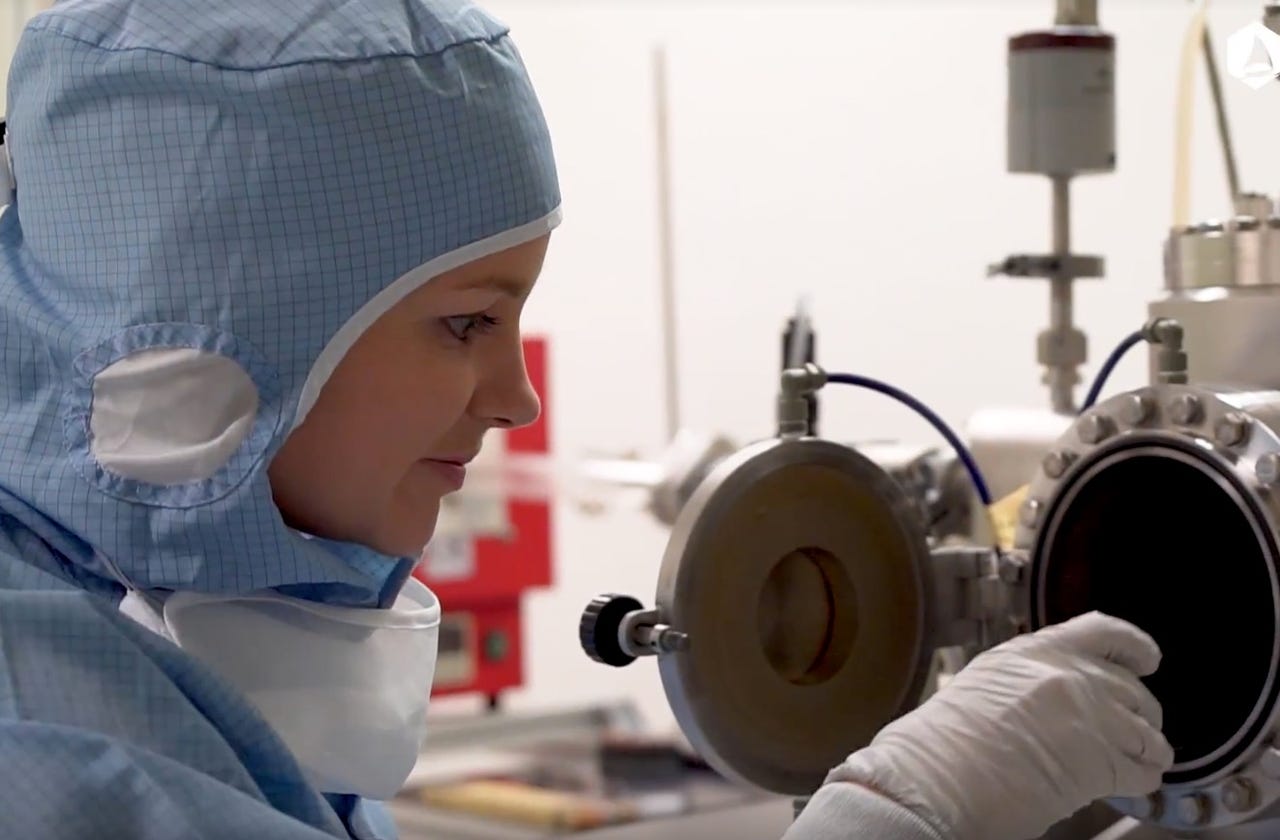Graphene tests cause for celebration in space experiments


Researchers have cause for celebration as experiments utilizing graphene in zero-gravity environments have shown promise for the material in space.
Collaborative efforts between the Graphene Flagship, the European Space Agency and educational establishments worldwide have resulted in graphene being used successfully in tests for space applications.
Graphene, a thin layer of pure carbon, is a material that scientists worldwide are exploring for uses in industry, technology, and even battery charging. Due to impressive thermal properties, lightness, and strength, Graphene has also caught the eye of scientists in the space industry.
According to the Graphene Flagship, the material is "promising" for uses including improving the performance of loop heat pipes, thermal management systems used in aerospace and satellite applications, as well as space propulsion.
Featured
In recent experiments, two different kinds of graphene were subject to tests to improve loop heat pipes.
In particular, a metallic wick which transfers heat from hot objects into fluids -- cooling systems in the process -- was tested in loop pipes, and it was hoped graphene may improve the lifetime of this machinery, reliability, and potentially allow more autonomous operation in space.
Following positive lab tests, the graphene wicks were tested in parabolic flights during November and December.
"We have good tests done on Earth in the lab, and now of course because the applications will be in satellites, we needed to see how the wicks perform in low gravity conditions and also in hypergravity conditions, to simulate a satellite launch," said Prof. Andrea Ferrari, Science and Technology Officer of the Graphene Flagship.
The results of the parabolic flight revealed that graphene improved the wick, which means that future applications using graphene could result in improved reliability and energy usage.
"I think this is a very nice example of how the Flagship is working," said Vincenzo Palermo, Vice-Director of the Graphene Flagship. "At the moment, we have tested the principle and the core of the device. The next step will be to optimise the whole device, and have a full heat pipe that can go in a satellite."
The Graphene Flagship intends to further refine the pipes with the overall aim of creating commercial products.
In another project, PhD students from Delft Technical University (TU Delft), Netherlands participated in the ESA's Drop Your Thesis! campaign.
The team, dubbed GrapheneX, designed and tested graphene for use in solar sails to see how the material would react under radiation pressure from lasers. After five tests, the scientists found that graphene responded well.
"Despite the initial technical difficulties, we managed to quickly figure out what was going on, fix the issues and get back on track," said Davide Stefani, GrapheneX team member. "We are very happy with the results of the experiment as we observed laser-induced motion of a graphene light sail, and most importantly we had a great experience."
See also: Japan's space agency robot ball takes us through life off-planet
Due to the success of the GrapheneX experiment, the team plans to further their research by exploring how radiation pressure impacts graphene light sails.